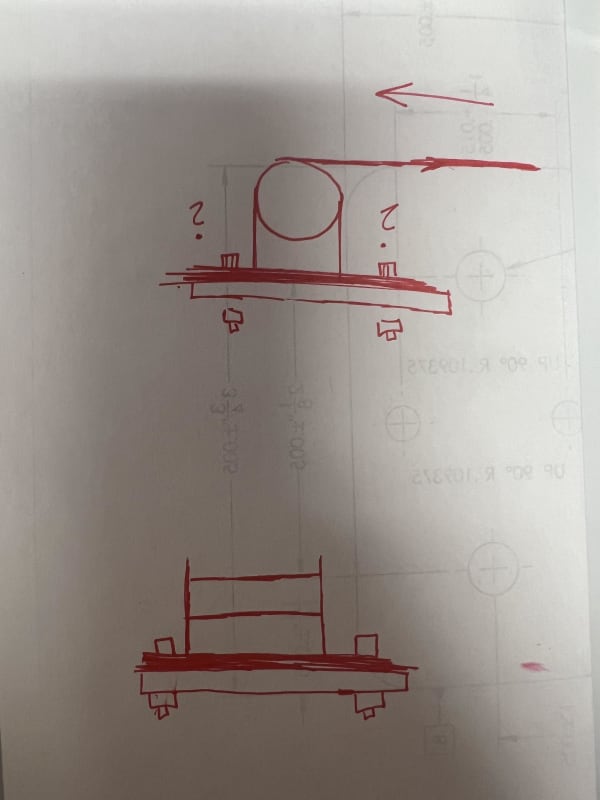LeRepeteur
Mechanical
Hello All,
I am just trying to understand the FBD of this winch design I am working on. Attached is a pretty rough sketch but overall I am attaching a winch via 4 hex bolts and 4 nuts to a inch thick piece of wood.

What would the forces be at the bolts themselves? I know the force direction for the winch (disregard arrow in drawing) just looking for some insight on the bolts securing the winch.
Cheers,
LR
I am just trying to understand the FBD of this winch design I am working on. Attached is a pretty rough sketch but overall I am attaching a winch via 4 hex bolts and 4 nuts to a inch thick piece of wood.

What would the forces be at the bolts themselves? I know the force direction for the winch (disregard arrow in drawing) just looking for some insight on the bolts securing the winch.
Cheers,
LR
